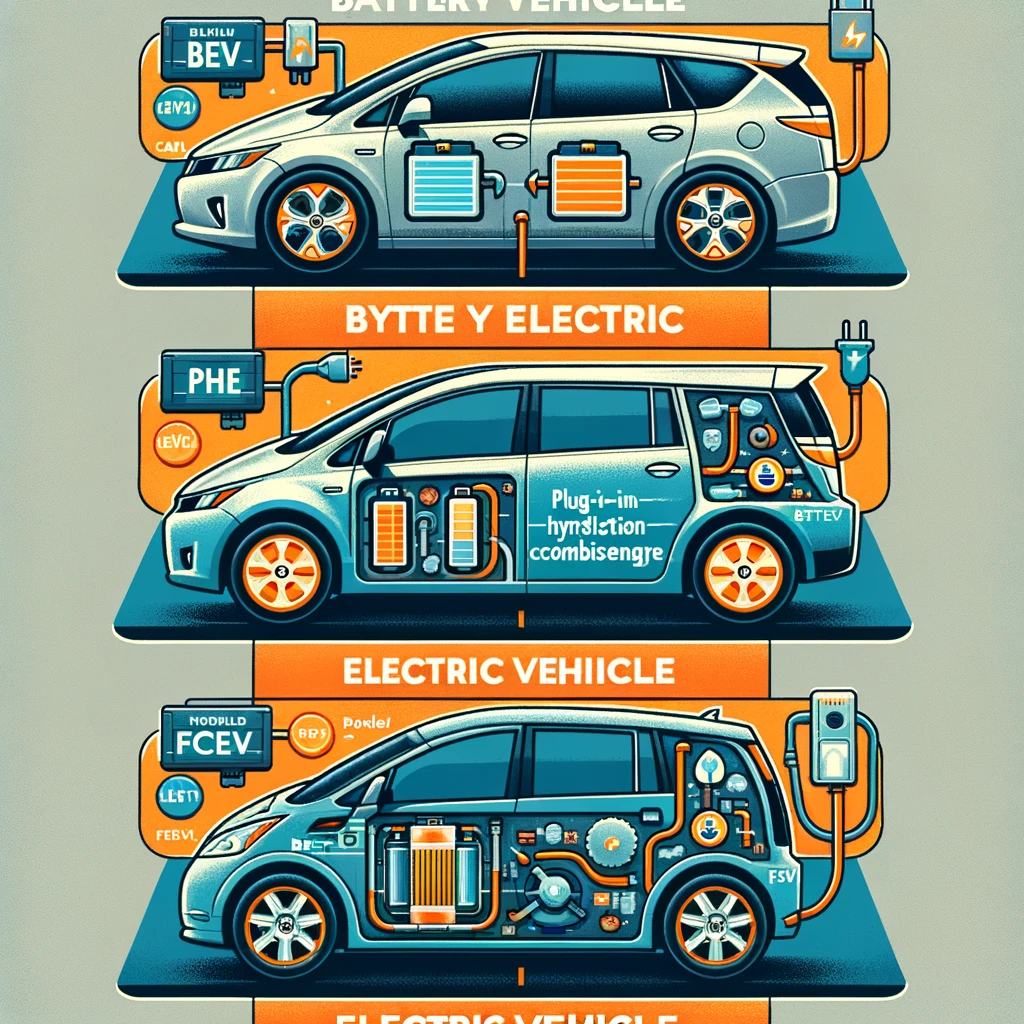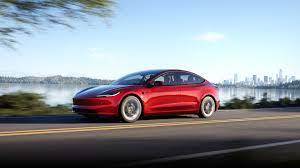An electric vehicle (EV), in simple terms, is a mode of transportation that operates using electric motors powered by electricity. This electricity is usually stored in batteries, which can be recharged from external sources. EVs differ from traditional gasoline or diesel-powered vehicles as they run on electric power, leading to significantly lower pollution due to zero exhaust emissions.
They are cost-effective to operate, with fewer moving parts requiring maintenance, and are environmentally friendly, using minimal or no fossil fuels. Modern EVs commonly use lithium-ion batteries, known for their long life and efficient energy retention, though there are concerns about safety issues like thermal runaway. Charging an EV can be economical, with costs varying based on location and source, sometimes even being free in public spaces. This summary encapsulates the key aspects of electric vehicles, highlighting their operation, benefits, and current technological standards.
Who Invented Electric Vehicle?
The invention of the electric vehicle (EV) is credited to multiple inventors who contributed to its development in the 19th century. Around 1828, Ányos Jedlik, a Hungarian physicist, created an early electric motor and a small model car powered by it. In the 1830s, Robert Anderson, a Scottish inventor, developed a crude electric carriage, while at the same time, Sibrandus Stratingh of the Netherlands and his assistant Christopher Becker built a small-scale electric car. Thomas Davenport, an American blacksmith, also created an electric vehicle in 1834.

The practicality of electric cars improved significantly with Gaston Planté’s invention of rechargeable lead-acid batteries in 1859, and further advancements by Camille Faure in 1881. The Flocken Elektrowagen, built in 1888 by German inventor Andreas Flocken, is often considered the first real electric car. The culmination of these developments was marked in 1899 when Belgian Camille Jenatzy’s electric vehicle broke the 100 km/h speed barrier, reaching 105.88 km/h. This summary reflects the collaborative and evolutionary nature of the EV’s invention, highlighting key figures and milestones in its early history.
What is an Example of an Electric Vehicle?
An example of an electric vehicle (EV) is the Tesla Model X, a Battery Electric Vehicle (BEV). BEVs like the Tesla Model X are fully electric, relying exclusively on electric power drawn from onboard battery packs, without any internal combustion engine (ICE). These vehicles have larger batteries compared to hybrids or plug-in hybrids, enabling them to store more energy and provide higher kilowatt-hour outputs.
BEVs require charging through home chargers, fast charging stations, or regenerative braking. Other types of EVs include Hybrid Electric Vehicles (HEV) like the Toyota RAV4 Hybrid, and Plug-in Hybrid Electric Vehicles (PHEV) such as the Mitsubishi Outlander PHEV GSR. HEVs combine an ICE with an electric motor, whereas PHEVs have larger batteries and can operate in electric-only mode. Additionally, Mild-Hybrid Electric Vehicles (MHEV) and Fuel Cell Electric Vehicles (FCEV) are other variants, with MHEVs supplementing the ICE and FCEVs generating their own electrical charge through a chemical reaction, typically involving hydrogen.
What are the 3 Types of Electric Vehicles?
The three main types of electric vehicles (EVs) are Battery Electric Vehicles (BEVs), Plug-in Hybrid Electric Vehicles (PHEVs), and Fuel Cell Electric Vehicles (FCEVs). BEVs, like the Tesla Model S, are fully powered by electricity and do not have an internal combustion engine (ICE). They rely on large battery packs that can be charged through an electrical grid.

PHEVs, exemplified by the Mitsubishi Outlander PHEV, combine an ICE with a battery charged from an external socket, allowing for electric-only driving modes. Finally, FCEVs, such as the Toyota Mirai, generate their own electricity through chemical reactions, typically involving hydrogen. Unlike BEVs and PHEVs, FCEVs do not require charging from the grid, as they can be refueled with hydrogen. This summary encapsulates the distinct mechanisms and functionalities of each EV type, highlighting their unique characteristics and examples.
What is the Most Common Electric Vehicle?
The most common electric vehicle (EV) is the Tesla Model 3. Dominating the EV market, Tesla’s Model 3 leads in global sales and interest, accounting for a significant portion of total EV sales in 2021. Its popularity is reinforced by high global monthly search volumes, indicating strong consumer desire.

The Model 3, a four-door sedan by Tesla, is known for its full self-driving capabilities, efficient electric powertrain, and competitive pricing. It offers a good real-world range and access to Tesla’s extensive Supercharger network. Other popular EVs include the Nissan Leaf, a compact five-door hatchback, and the Tesla Model Y, an electric SUV, which follows closely in sales and popularity. These vehicles represent the forefront of EV technology and consumer preference in the current automotive market.










